The Best Wood For Raised Garden Beds: Selecting The Right One For Your Gardening Project
The best wood for raised garden beds varies in terms of durability and availability, but most importantly, it needs to be untreated. Learn about the best ones to use.
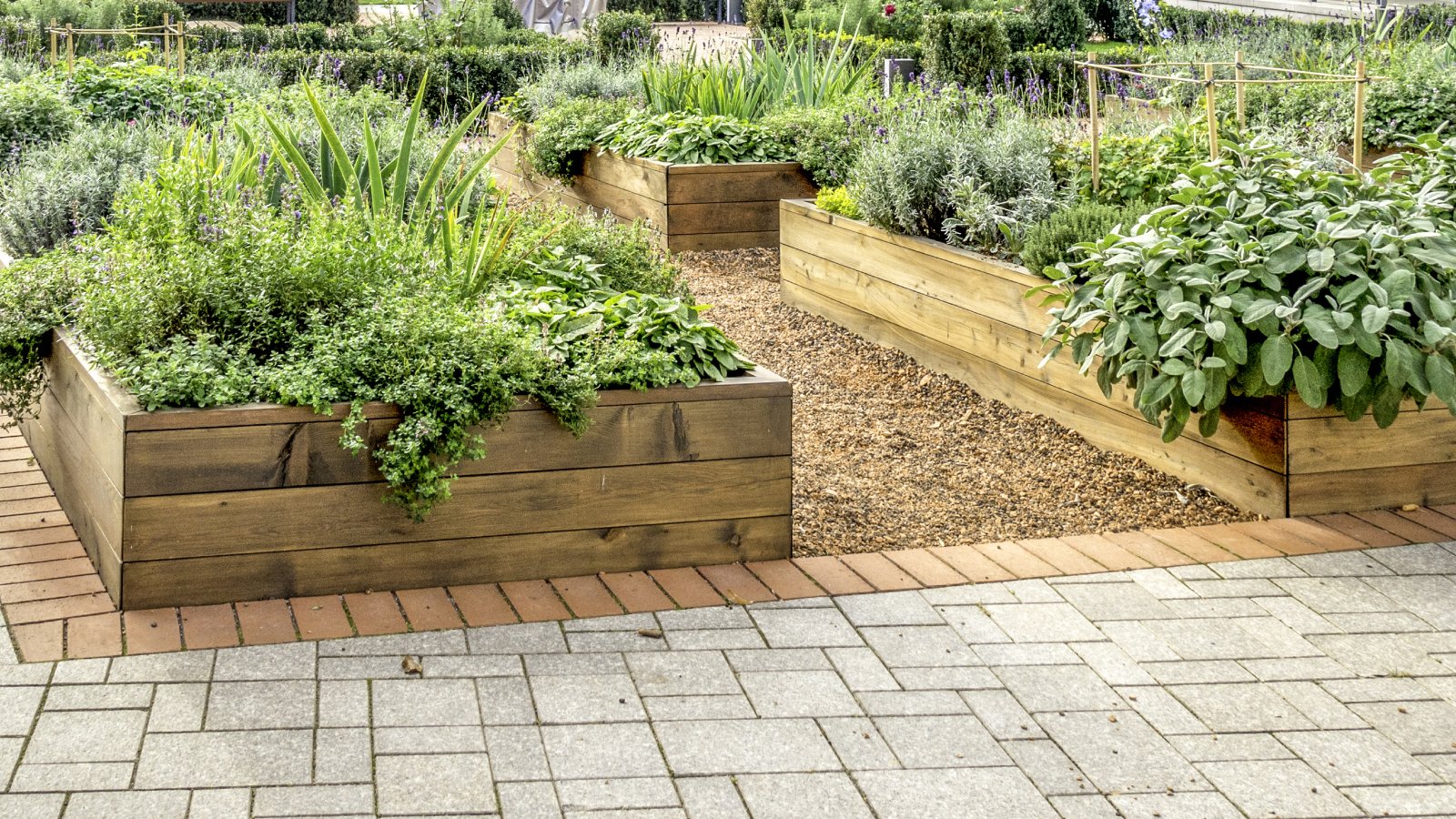

You can use all kinds of materials to create an effective raised bed in the garden, but many people prefer wood. Wood is easy to use and is a natural option appropriate for organic gardening. However, it breaks down readily and may need replacing every few years.
Other options include synthetic lumber, metal, rocks, and concrete blocks. When choosing a material, consider factors like cost, ease of use, durability, and any chemicals that might leach into the soil. If you choose to go with wood, you still have many options and things to consider.
Does Bed Type Matter When Choosing the Best Wood for Raised Garden Beds?
Pine is the most readily available, inexpensive, and easy-to-work-with lumber for making raised beds. The only real downside is that it decays readily and needs to be replaced regularly. If you’re willing to replace it as needed, pine is appropriate for use with any type of raised bed.
Most types of wood are fine for anything you grow in a bed. You might want to take extra precautions when choosing raised bed materials for a vegetable or other edibles, simply because any chemicals might leach into the soil and get into the plants. To give you an idea of the issue, the USDA’s organic certification guidelines do not allow pressure-treated wood to come into contact with plants grown for food.
What Is the Best Wood for Raised Bed Gardening by Region?
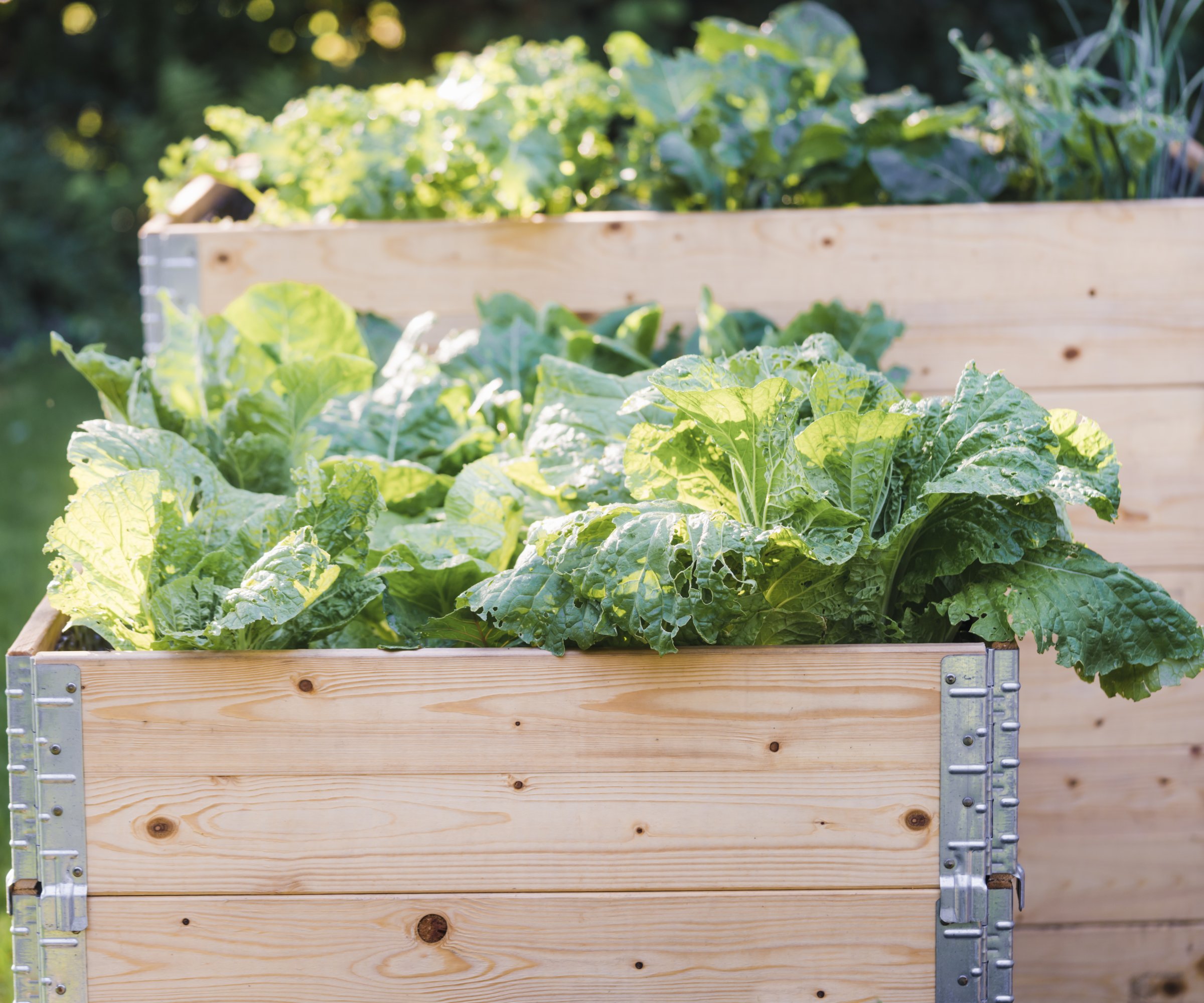
Pine is an adequate wood to use anywhere, but consider using sturdier woods in hot, humid, or rainy regions. Pine will deteriorate more rapidly in these environments. Other types of wood will also decay eventually, but usually much more slowly.
You can try hardwoods, like oak, but they might not last much longer than pine and are more expensive. Redwood, cedar, and cypress offer natural resistance to pests and rot. However, they can be expensive and difficult to find.
Also, consider where the wood is coming from when choosing a material for raised beds. For example, West Coast cedar is a sturdy option, but if you live in the eastern U.S., it can be expensive. It’s also not the most sustainable option.
Gardening tips, videos, info and more delivered right to your inbox!
Sign up for the Gardening Know How newsletter today and receive a free copy of our e-book "How to Grow Delicious Tomatoes".
Which Types of Wood Should Not Be Used
The best material for raised garden beds is affordable, easy to work with, and sustainable. However, you should avoid treated wood. The U.S. Environmental Protection Agency (EPA) banned lumber treated with chromated copper arsenate in 2003. You are unlikely to come across any scrap wood now that is old enough to have been treated with this harmful substance.
Modern treated wood is safer but still not allowed for use in organic food production. The best wood for making raised garden beds is not treated with these substances, but whether you want to use them in your own garden is a personal choice. Current treatments are safer but can still leach into the soil and be taken up by plants. One option when using treated wood is to place plastic lining in the bed to prevent contact between the wood and the soil.
Scavenging for scrap wood is a great way to save money, but avoid railroad ties and old telephone poles. These were treated with older, more toxic chemicals, including creosote.
What Is the Best Lumber for Raised Garden Beds That Will Last?
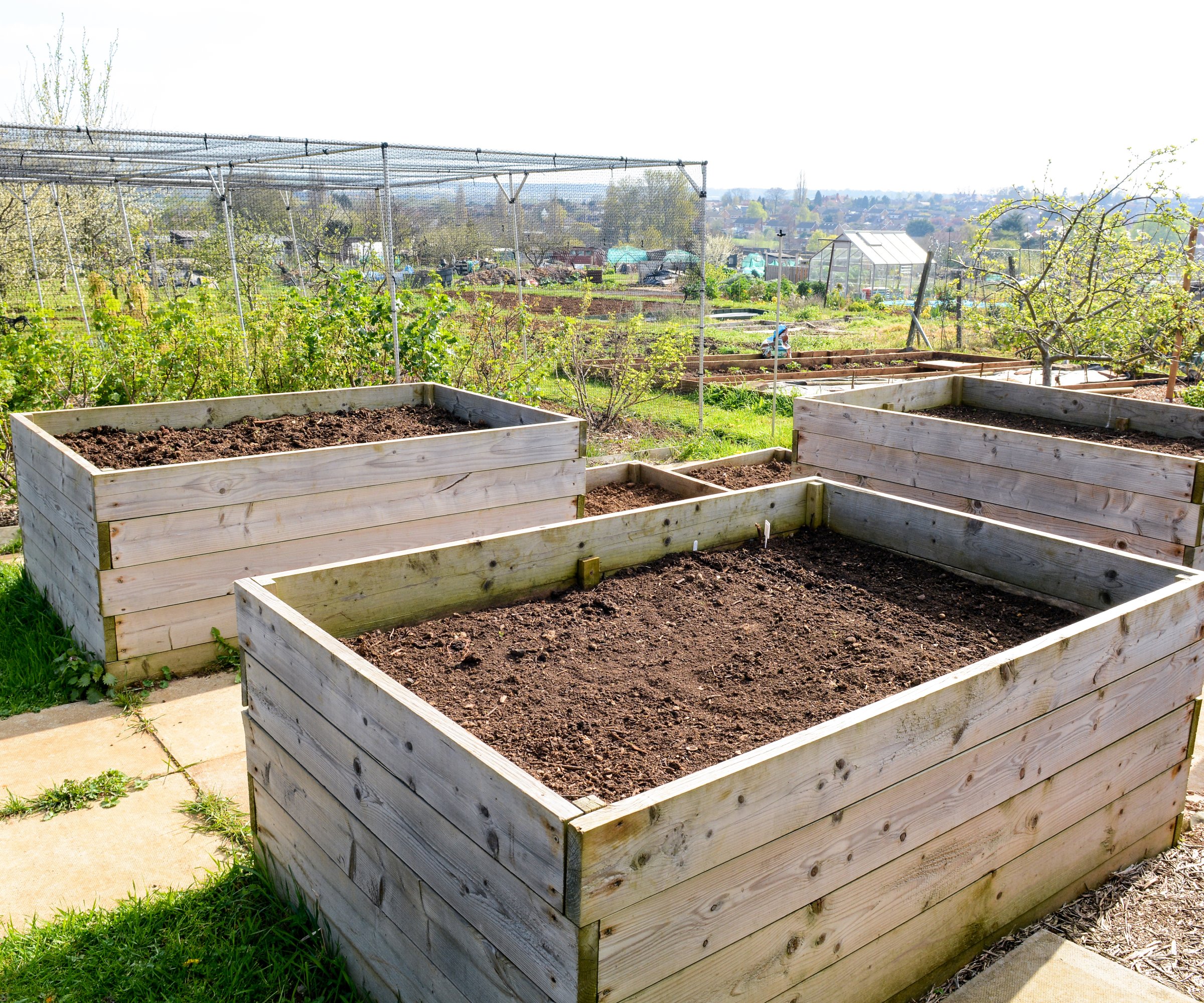
Cedar, redwood, black locust, and cypress are the longest-lasting woods that resist rot and pests. Cedar raised beds have the most resistance, but they all offer superior lifespans compared to pine and most hardwoods.
How to Protect Woods to Make Them Last Longer
The best wood sealer for raised garden beds is an oil-based stain. Another option is to wrap the lumber with heavy-duty garden plastic or line the bed with plastic. If you line the bed, be sure you make drainage holes.
Frequently Asked Questions
Is it OK to use Reclaimed Wood for Raised Beds?
Reclaimed wood can be a great option. Just be sure that it is not treated with harmful chemicals. Never use railroad ties or telegraph poles.
What is the Best Way to Secure Wood in Raised Beds?
You can make a raised bed very secure by driving 2-inch by 2-inch (5 cm) stakes into the ground at the corners of the bed. Use nails or screws to secure the wood sides of the bed to the stakes.

Mary Ellen Ellis has been gardening for over 20 years. With degrees in Chemistry and Biology, Mary Ellen's specialties are flowers, native plants, and herbs.
-
 Looking For Plants To Give You The Soft And Fuzzies? Try These 5 Fuzzy Leaf Plant Options
Looking For Plants To Give You The Soft And Fuzzies? Try These 5 Fuzzy Leaf Plant OptionsLovers of texture, drama, silver foliage and tactile plants will adore these special sensory garden additions. These fuzzy leaf plant options will leave you all aglow
By Susan Albert
-
 Get Ready For A Summer Of Hummers! Grow These Full Sun Hummingbird Plants and Flowers
Get Ready For A Summer Of Hummers! Grow These Full Sun Hummingbird Plants and FlowersIf you’re lucky enough to enjoy a sunny backyard, make sure you are maxing out on your pollinator opportunities and grow these full sun hummingbird plants and flowers
By Tonya Barnett
-
 Easy Vertical Gardening Hacks For Beginners: Why You Should Grow Up, And 3 Ways To Do It!
Easy Vertical Gardening Hacks For Beginners: Why You Should Grow Up, And 3 Ways To Do It!If you’re short on space or keen to make the most of every inch, vertical gardening is the way to grow. We explain how to plan & plant up with three easy building methods
By Teo Spengler
-
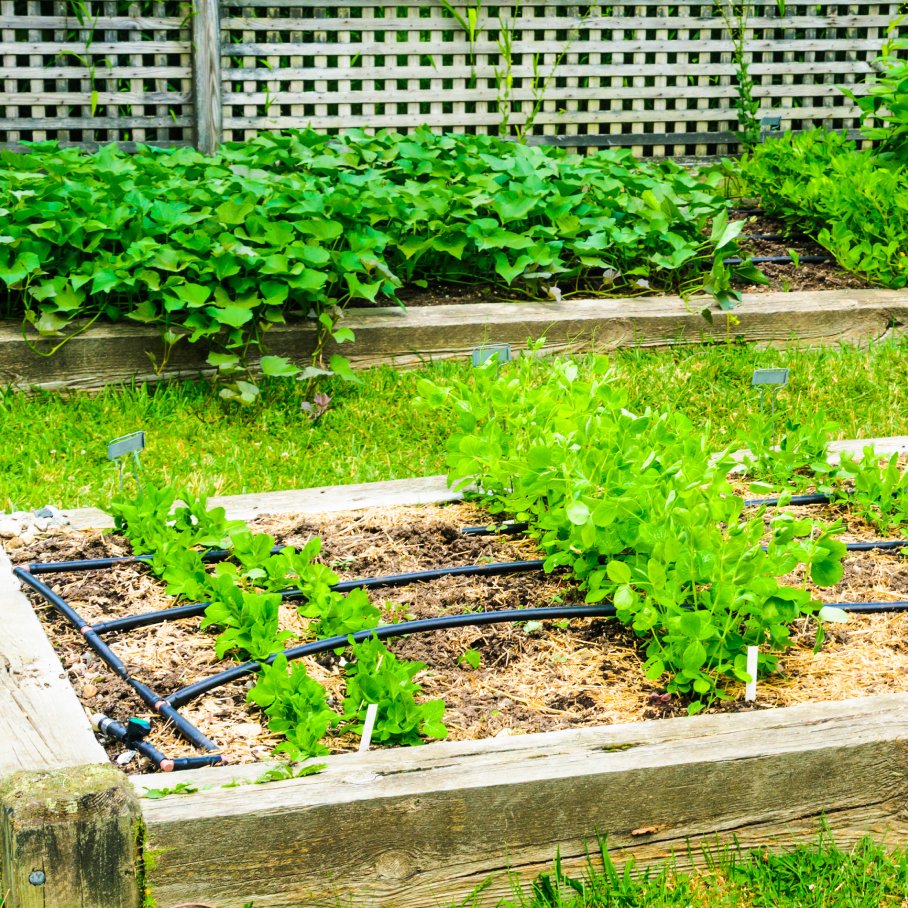 Use Drip Irrigation For Raised Beds To Grow More With Less
Use Drip Irrigation For Raised Beds To Grow More With LessInstall a drip irrigation system directly into your raised bed to keep plants lush while saving on water.
By Teo Spengler
-
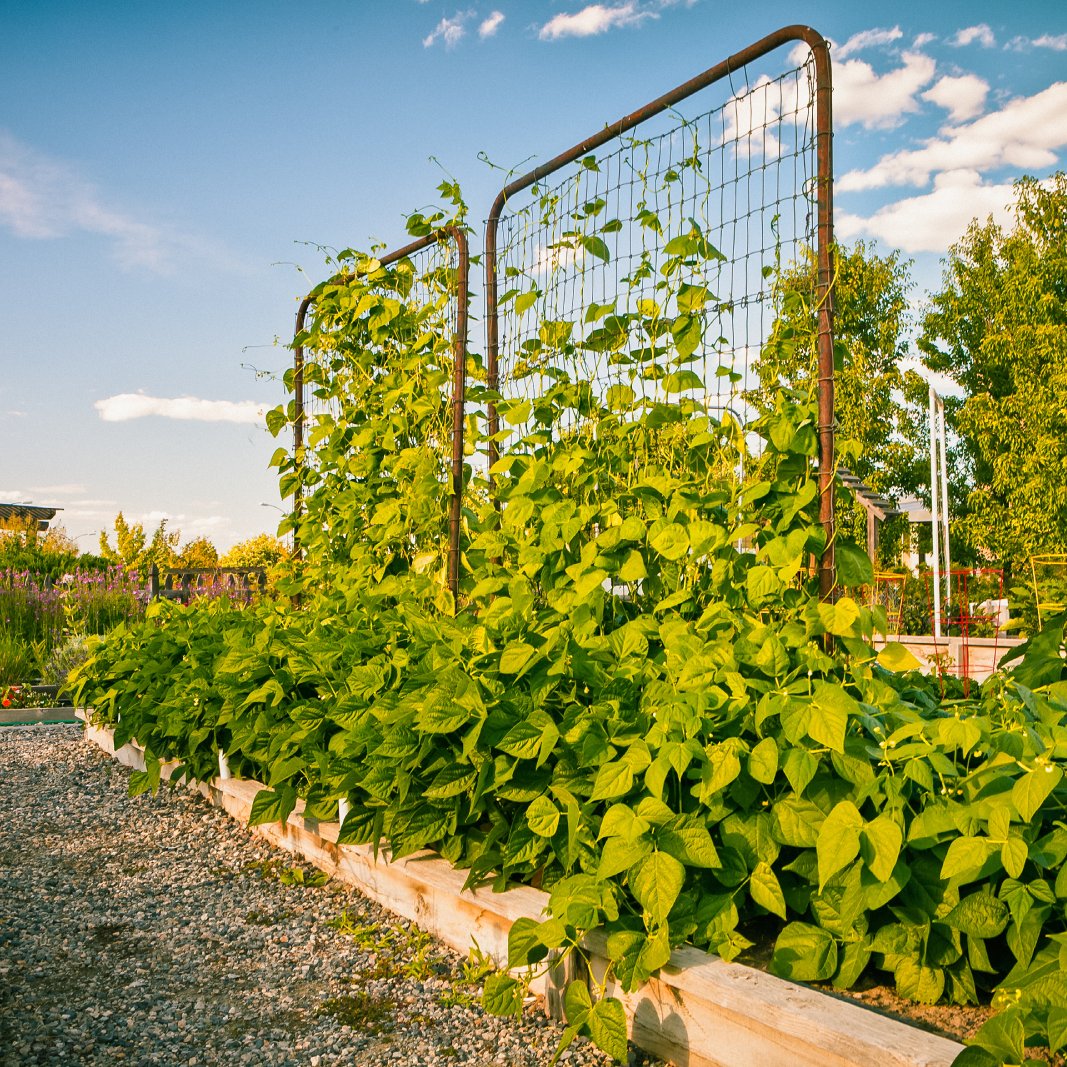 Why You Should Try A Raised Garden Bed With A Trellis – Plus, Beautiful Design Ideas
Why You Should Try A Raised Garden Bed With A Trellis – Plus, Beautiful Design IdeasAdding a trellis to your raised garden bed expands your growing space by leaps and bounds. Raise your raised bed to new heights!
By Amy Grant
-
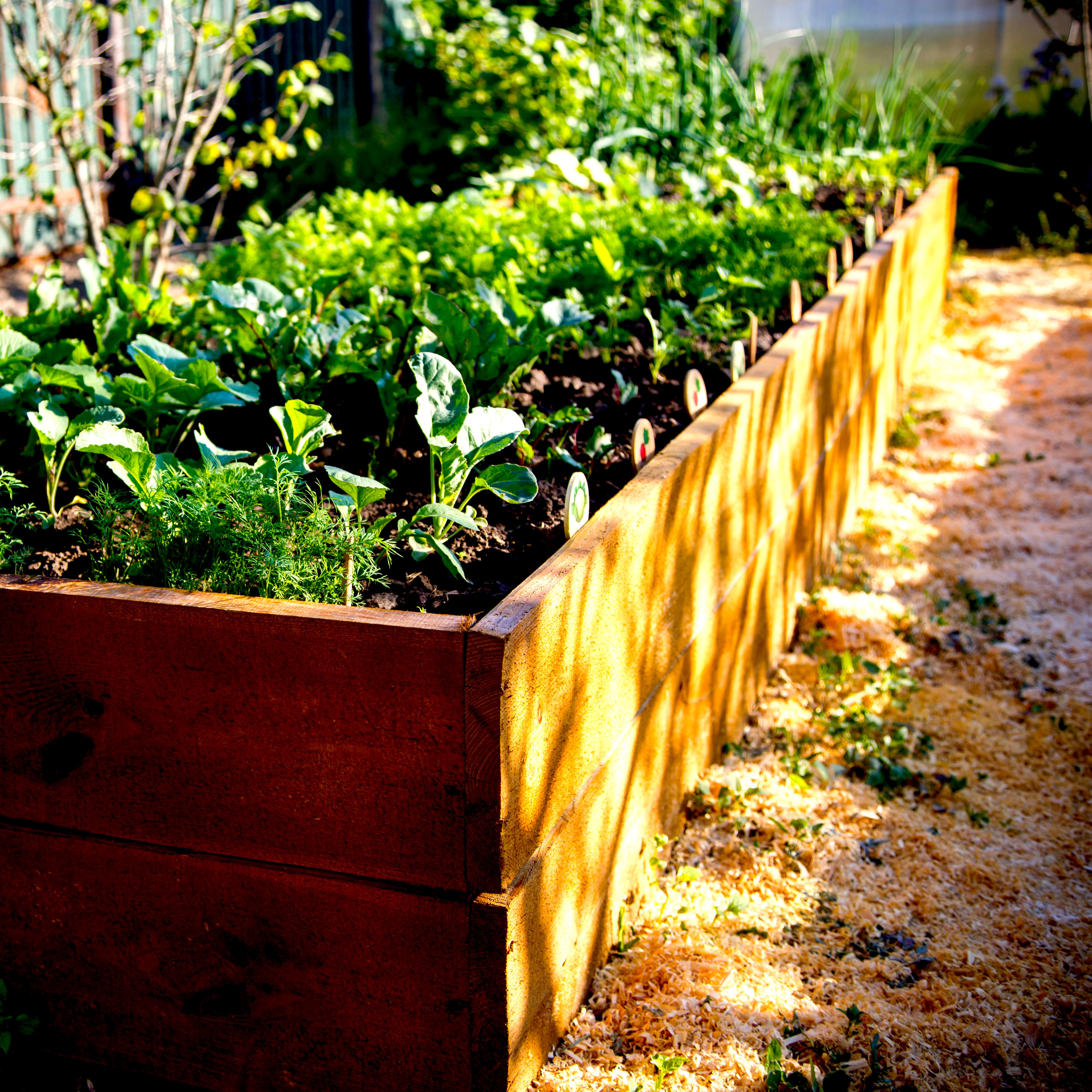 Cedar Raised Garden Bed Benefits: Which Cedar To Use And Where To Start
Cedar Raised Garden Bed Benefits: Which Cedar To Use And Where To StartIf you’re thinking of making a raised bed, wood is a popular choice – and cedar has striking visual appeal. Here’s why a cedar raised garden bed could work for you
By Amy Grant